Originally posted on Substack
Read deeply. Stay open. Continue to wonder. -Austin Kleon
Good morning friends!
I want to thank you for your continued support!
I want to make a few points on reading deeply and how it might relate in creative coding / generative art. We have past the apex of popularity when it comes to generative art. It will be a fascinating era of history in the future that will bring some interesting insights into understanding creativity and market forces.
That being said, a few points on how we can continue to nurture the legacy and interest. Yes, large numbers and big sales are definitely an aspect and the art world provides good evidence for that. But what about the details..
Provides context
Without a good understanding, it is difficult to know what has been done and what can be done. I often reflect on the Flash era of the late 1990s and early 2000s and marvel at the incredible work that resulted from simply tinkering with new tools.
Twenty-ish years later, Processing/Javascript has taken Flash’s place, and we see many derivative works and facsimiles from the Web 1.0/2.0 era. While there is nothing inherently wrong with this, failing to understand the context only presents a muted version of the vibrant picture that history can provide.
Adds depth and perspective
Again, without appreciation and understanding, life can feel like reliving the same day over and over again. The same patterns repeat themselves, leaving nothing new or interesting to explore. It’s like listening to classical music for the average American – the same instruments, the same beat and structure. Without a deeper understanding of the timing, musical motifs, and structure, there isn’t much difference.
However, understanding what has been done and why it was done can help guide further exploration and discovery.
Paves a future
Deep understand of context and perspective become the guiding light in how to appreciate which leads to further explore beyond what has been done.
- Its spelunking in a cave that has yet to be discovered.
- It’s being able to see beyond the visible spectrum and providing points of exploration.
Just like Vera Molnar or Manfred Mohr and the onset of the computer of the 60s. Or the Duchamp’s fountain of being able to challenge the status quo of what is art.
Who made me?

**Manfred Mohr -P1011_MS, 2004 (**The Algorithmic Dimension, ́ Springer ́ Series ́ on ́ Cultural ́ Computing, https://doi.org/10.1007/978-3-319-61167-9_5 ́)
Manfred Mohr is a pioneering figure in the field of digital art, recognized for his algorithmically generated works that utilize the aesthetics of the cube. Born in Germany in 1938, Mohr began his career as an action painter and jazz musician before turning his attention to computer-generated art in the late 1960s. He often uses computer algorithms to transform the multidimensional properties of a cube into two-dimensional visual experiences. His innovative work has been exhibited in prominent institutions worldwide, and he was the first artist to ever have a solo exhibition of computer-generated artwork, held at the Musée d’Art Moderne de la Ville de Paris in 1971. In his work, Mohr marries the seemingly disparate worlds of art and technology, creating a visual language that challenges and redefines traditional notions of art.
Inspiration / Articles
Scribble Animation - Bleeptrack
Just a fun experiment by Bleeptrack using Blender and image processing

Casey Reas on the History of Generative Art
In Part 2 of this two-part conversation, the Le Random team speaks with Casey Reas, artist, UCLA professor and co-founder of Processing and Feral File. We touch on a variety of subjects, including historical generations, the most overlooked decades and the location of artistic intent in generative work. For part one click here.
Shader Art Coding
In this tutorial, I explore the fascinating realm of shader art coding and aim to offer helpful insights and guidance to assist you in beginning your own creative journey. I hope to share my passion with you along the way!
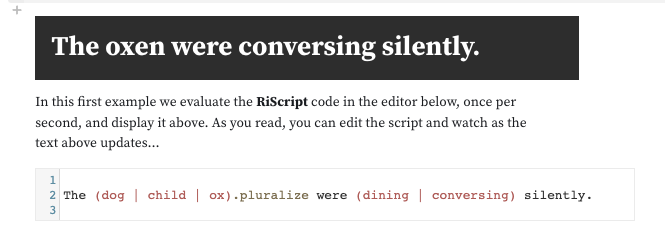
Scripting RiTa (Generative Language)
A tutorial on RiScript, the writer-oriented scripting language included with RiTa. RiScript expressions, described below, can be included in any RiTa grammar, or run directly via RiTa.evaluate().
This is an Observable notebook. RiTa is a more “composable” alternative to generative writing than the large language models (aka ChatGPT). This library is more heuristic in nature, however doesn’t require an API.
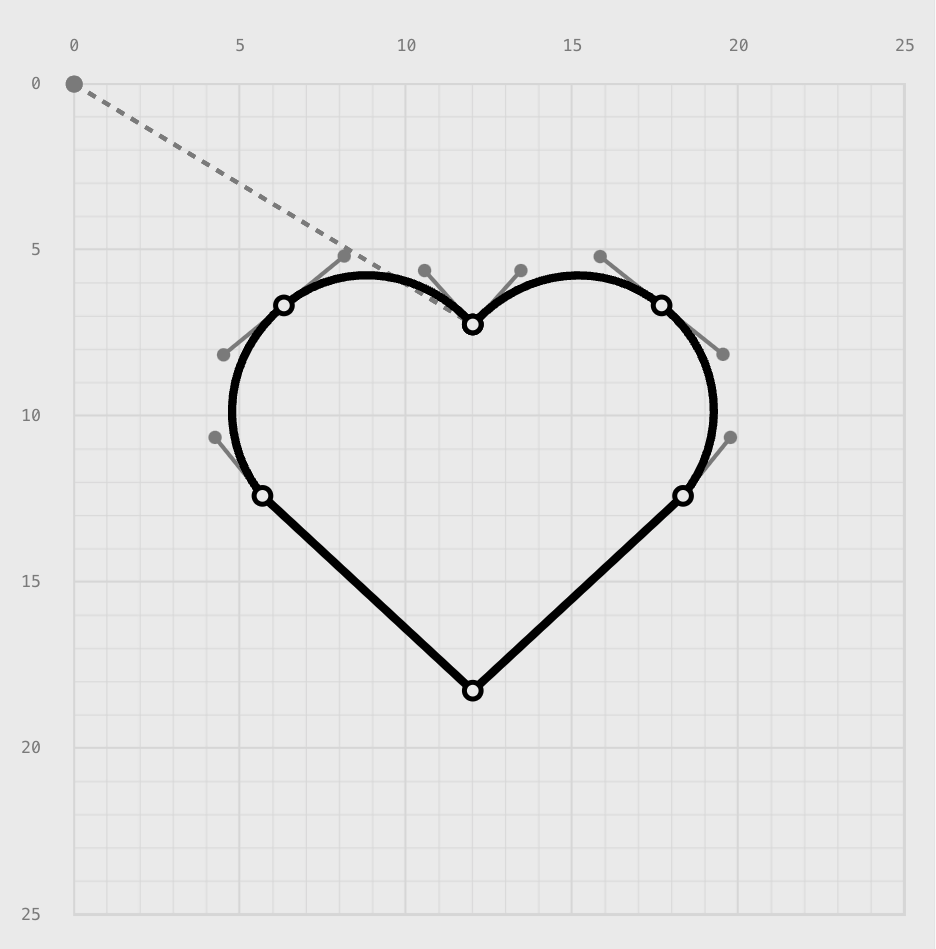
A Deep Dive into SVG Paths
you’ve ever looked at the SVG code for an icon before, you might have noticed that they’re usually made up of a bunch of
pathelements, each with a crypticdattribute.

Building Generative Grid Layouts with Quadtrees
generative/random grid layouts in just a few lines of JavaScript. Using a data structure called a Quadtree, we will produce harmonious grids based on random numbers, source images, user input, and more.
{{ youtube Gv0EiQfDI7w }}
WebGPU Tutorial
This series is intended as an intro to WebGPU for viewers who might have some OpenGL experience but haven’t necessarily dealt with the Node ecosystem. Regardless, there should be something for everyone here.
This video is the first of 27 videos that can be used.
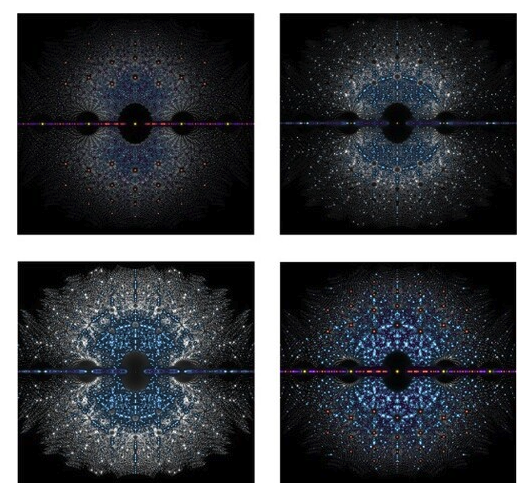
Searching for rigidity in algebraic starscapes
We create plots of algebraic integers in the complex plane, exploring the effect of sizing the points according to various arithmetic invariants. We focus on Galois theoretic invariants, in particular creating plots which emphasize algebraic integers whose Galois group is not the full symmetric group−these integers we call rigid. We then give some analysis of the resulting images, suggesting avenues for future research about the geometry of so-called rigid algebraic integers.

Penrose - Create Beautiful Diagrams
Penrose is a platform that enables people to create beautiful diagrams just by typing notation in plain text. Our goal is to make it easy for non-experts to create high-quality diagrams and provide deeper insight into challenging technical concepts.
I know some of you are always looking for tools to use in educational settings and there is definitely a toolkit that can help create and further explore the ability further education.
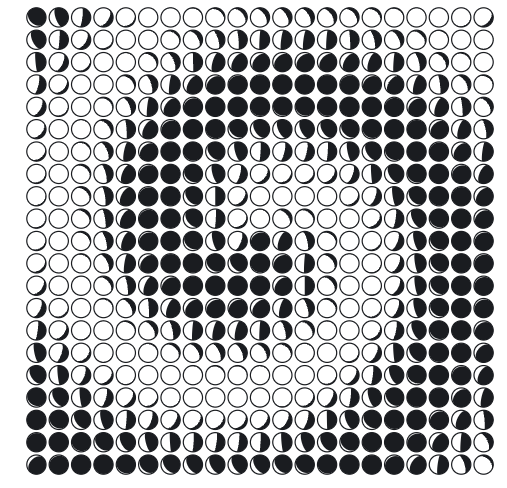
Beesandbombs - June 26, 2023
An observable notebook created by Mike Bostock and inspired by the work of Dave Whyte of beesbombs. It’s not a tutorial, but more of a code inspiration on how Mike uses D3.geo, package, Plot on the Observable platform. I’ve been mesmerized by his work for a number of years and always find enjoyment in the simple looping animations Dave has been making.
Courses
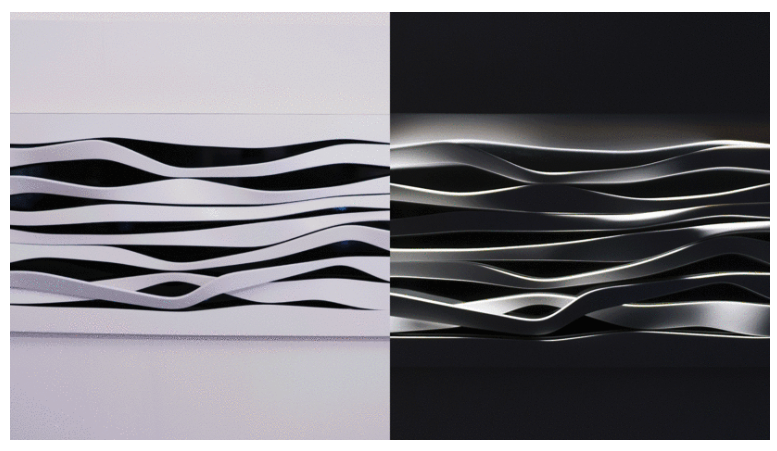
Modeling 3D Patterns with Rhino Grasshopper
Algorithms are the language of modern-day society. According to architect and computational designer Arturo Tedeschi, the idea of “conceiving, designing, and creating through algorithms means entering a dimension where the physical limits imposed by a pen or mouse no longer exist.” In this online course, he teaches you to speak this contemporary language by introducing you to 3D modeling with Grasshopper for Rhino.